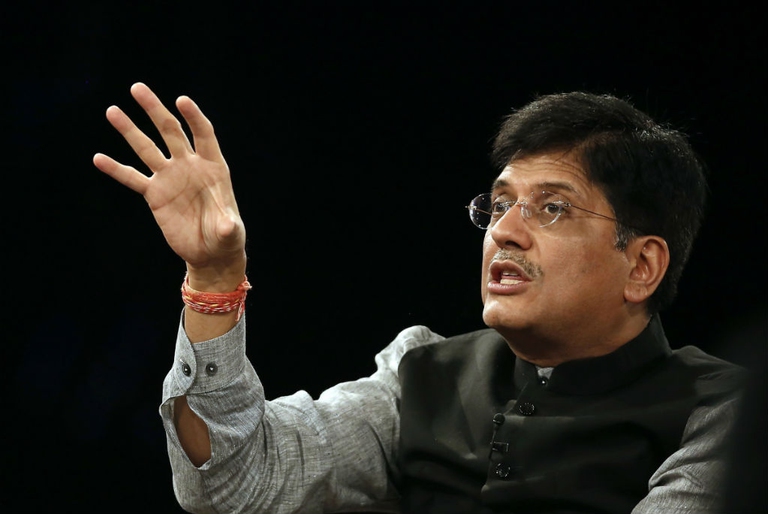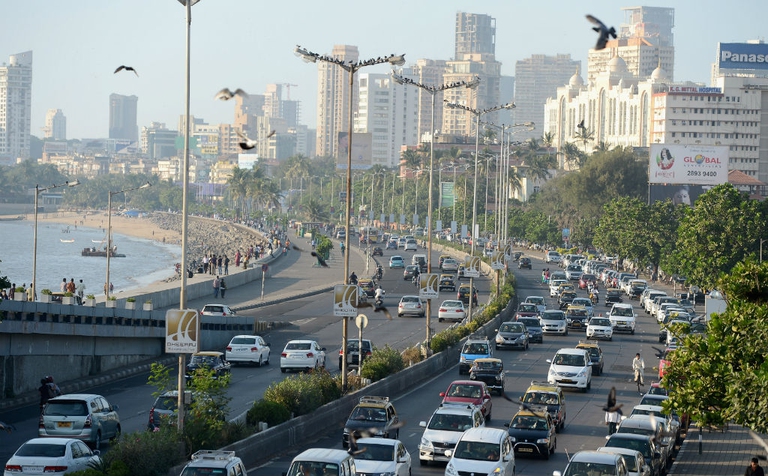
Entro pochi anni in India il 98 per cento delle stazioni ferroviarie saranno alimentate con solare fotovoltaico
L’annuncio del ministro dell’Energia che ha dichiarato che il Governo ci lavorerà già da aprile. “Vogliamo guidare il mondo, piuttosto che inseguirlo”.
One of the world’s fastest-growing, most populous countries and major producer of greenhouse gas emissions – India – has set a precise aim: being the first country in the world to have 100% electric cars on its road by 2030.
Indian Minister for Energy Piyush Goyal announced it during a press conference in New Delhi at the end of March. “India can become the first country of its size which will run 100 per cent of electric vehicles,” quoted the Times of India. “We are trying to make this programme self-financing”.
It seems the government is working to “give electric car for free (zero down payment) and people can pay for that out of the savings on the petroleum products,” said Goyal. “Innovation is possible, it just needs an open mind”.
The government led by Narendra Modi has long been investing to reduce India’s dependence on fossil fuels. This trend has been confirmed by the latest analysis of Moody’s, which expects the country’s installed capacity to increase to 175 GW by 2022, up from 37GW. It means quadrupling it.
This change could be carried out one step at a time. Biofuels in the transport industry has already increased, while just a few days ago the country announced the opening of tens of natural gas stations.
However, the country should firstly face the problems liked to its energy supply, given that many rural areas are not connected to the grid. And renewables could favour the energy transition. “We are thinking of leading the world rather than following it,” ended the Minister. “India will be first largest country in the world to think of that scale.”
Siamo anche su WhatsApp. Segui il canale ufficiale LifeGate per restare aggiornata, aggiornato sulle ultime notizie e sulle nostre attività.
![]()
Quest'opera è distribuita con Licenza Creative Commons Attribuzione - Non commerciale - Non opere derivate 4.0 Internazionale.
Entro pochi anni in India il 98 per cento delle stazioni ferroviarie saranno alimentate con solare fotovoltaico
Energy in India: an overview India is a country of over 1 billion people, around 18% of the world population. 60% of Indians live in rural areas and at least 240 million have no access to electricity. It is one of the fastest growing economies in the world, estimated to grow 8% in the next
L’iniziativa è stata lanciata alla Cop 21 dal governo dell’India. L’obiettivo è permettere lo sviluppo del solare nelle nazioni situate tra i due tropici.
Milan has announced one of Europe’s most ambitious mobility schemes, known as Strade Aperte (open roads). Its goal is to reduce cars in phase 2 of the lockdown by increasing bike lanes and pedestrian areas.
Formula 1, the world’s most important auto racing championship, has decided to turn the page and aim for carbon neutrality with the support of its teams, drivers and the whole racing circus.
Toyota and LifeGate began telling the story of hybrid mobility back in 2006, now, on the road to the Tokyo 2020 Olympics, they’re still treading the path of sustainable mobility. Here are the main steps of the journey.
Germany’s first solar bicycle lane could be the prototype for the roads of the future. The photovoltaic tiles melt snow and ice, and are capable of absorbing noise.
The Vespa is back in an electric version. Production has just started and the first models can be reserved online starting from October.
Masayoshi Son, Softbank founder and CEO want to invest in renewable energy in India. Photovoltaic power will increase from 4 GW to 100 GW in the next years.









